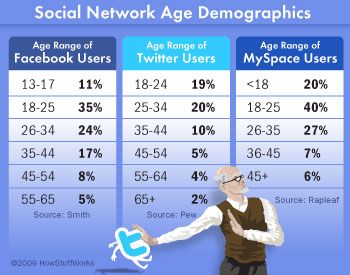Pinterest Crafts, Recipes and Photos
From small startup to Internet powerhouse, Pinterest's appeal is undeniable: As of June of 2012, it was the third largest social media site on the market after Facebook and Twitter. It even beat out Twitter in time spent on the site: Users spent an average of 89 minutes on the site monthly as compared to Twitter's 21 [source: Borchardt]. And it's especially popular with women -- to the tune of 97 percent of its total user base [source: Pitts].
Women have good reasons for loving Pinterest. It's social, but it's still far more anonymous than Facebook or Twitter (no inappropriate spilling of life stories), and its simple, visually oriented layout is a more relaxing pastime than text-centric sites [source: Pitts]. Plus, spending habits make women between the ages of 25 and 44 -- the top Pinterest users -- a highly coveted demographic [source: Borchardt].
Advertisement
This is a big deal for businesses, which have found a lucrative platform on Pinterest. Studies show that women trust Pinterest more than any other social media site, and businesses are capitalizing on that trust with innovative ad and incentive marketing campaigns. Companies like Guess have used Pinterest to inspire users around their brand by incentivizing re-pinning and other kinds of engagement on the site -- and even without sophisticated campaigns, Pinterest has shown itself to be a highly effective driver of traffic to companies with even a basic presence on the site [source: Wasserman].
Plenty of businesses have found marketing success on Pinterest, but Pinterest itself offers its services completely free of charge. So how did it become the $7.7-billion company (barely trailing Twitter) that it was estimated to be in April of 2012?
It might sound mysterious, but the site's business model is actually not an uncommon one. Like many Web-based companies, Pinterest makes its money off of affiliate marketing, a model in which companies (often retail-based) post content on affiliate platforms (in this case, Pinterest) to help drive traffic to their own sites. The sites hosting the content often receive a portion of the profits generated by this traffic [source: Hunt]. It's a perfect fit for Pinterest, which is especially kind to categories like crafts and recipes -- two things that rely heavily on visual appeal as a selling point. It also allows the site to operate without showing ads, one of users' main complaints about sites like Facebook.
Read on for lots more information about how Pinterest works and how to make the most of your account.


